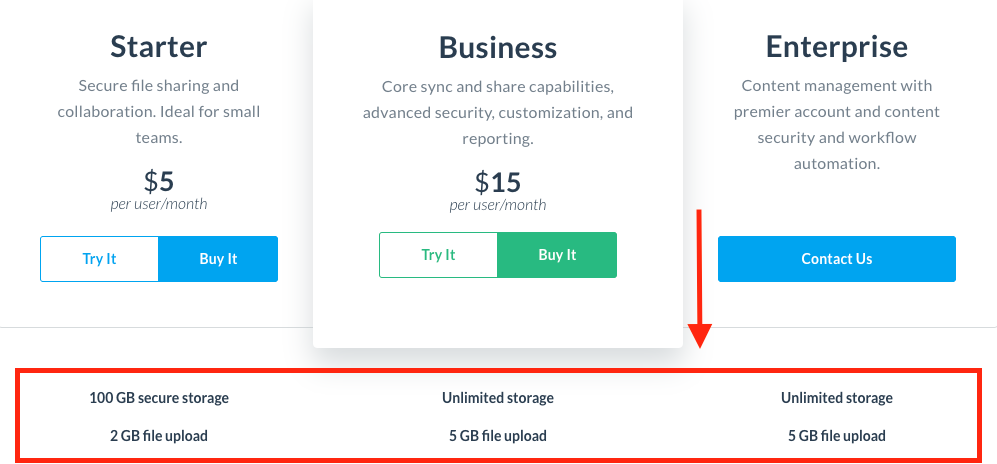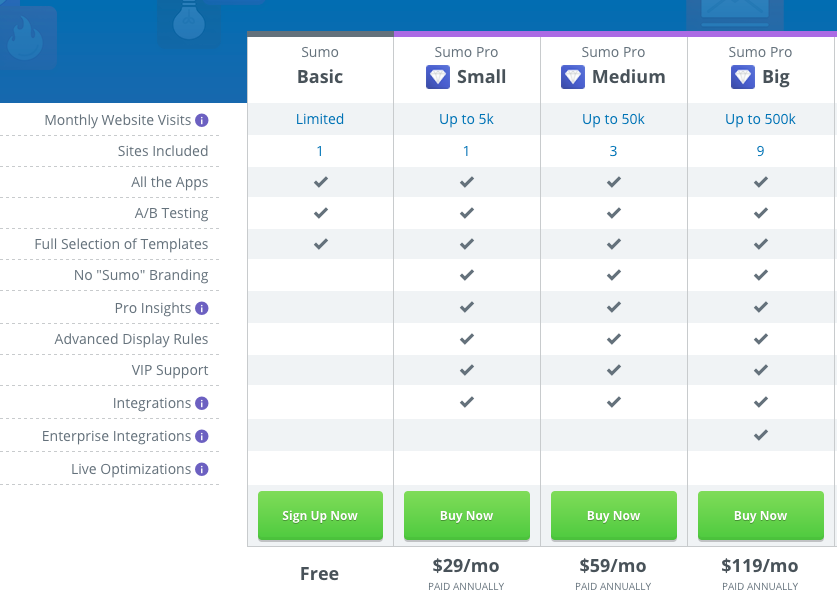Understanding the CMOs Data-Driven Decision Delusion
The term cobra effect describes an incentive policy that causes unintended consequences and results in the opposite effect intended. In the 1800s the colonial government of India (as the story goes), becoming increasingly concerned about the population of cobras in Delhi, offered a bounty for every dead cobra brought in.
Although it was initially successful, the cobra population increased as entrepreneurs of the day started breeding cobras to take advantage of the bounty. When the government realized the new policy wasn’t working as intended they ended the program, causing the cobra farmers to release the snakes and further exacerbating the very problem the government wanted to solve.
I recently read Chief Marketing Officers at Work, a fantastic series of interviews of CMOs from prominent companies like PayPal, Zendesk, Domo and SurveyMonkey. These marketing leaders unequivocally championed their data-driven marketing strategies, and emphasized the need for further data-driven investment and skills in their organizations.
The root cause of many cobra effect problems is the fact that as humans we tend to more easily comprehend simplistic linear systems and cause-effect relationships. Much like rewarding people for killing cobras should result in less cobras, investing in more data-driven tools should produce better decisions and outcomes!
Unfortunately, it’s very likely that the data-driven approaches being increasingly adopted by marketing organizations are producing their own cobra effect and paradoxically reducing the quality of decisions and resulting outcomes.
































